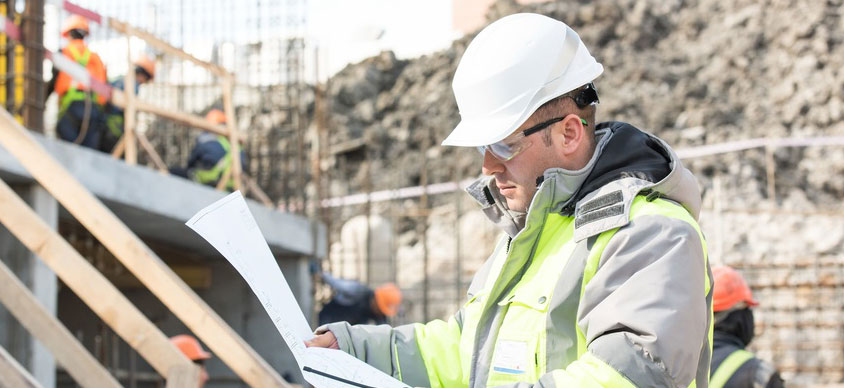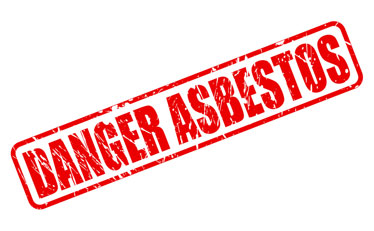hidden
We have over 20 years' of experience.

We have over 20 years' of experience.

Then please contact us, we would love to hear from and give any advice that you may need. The information you supply us will be kept in the strictest confidence and will not be passed on to any third parties.
Read More
Crocidolite, often referred to as "blue asbestos," is one of the six recognised types of asbestos minerals, each known for its unique properties and health risks. Crocidolite stands out due to its distinctive blue colour and its status as one of the most dangerous forms of asbestos. Its hazardous nature has led to widespread bans and strict regulations on its use, highlighting the critical need to understand its properties and risks.
Originating from the Greek words "krokis" and "lithos," which mean "wool stone" due to its fibrous nature, crocidolite asbestos is notable for its fine, needle-like fibres that can be easily inhaled if released into the air. This mineral was primarily mined in regions such as South Africa, Australia, and Bolivia, and it was commonly used in a variety of industrial applications, especially due to its resistance to heat, fire, and chemicals.
What sets crocidolite apart from other asbestos minerals is its unique blue colour, caused by the presence of iron within its crystal structure. This blue hue not only gives it a distinctive appearance but also serves as a visual marker for identifying potential hazards. The thin, fragile fibres of crocidolite can easily break down into smaller particles, which can become airborne and inhaled when disturbed. This inhalation is what makes crocidolite so perilous to human health.
Exposure to crocidolite asbestos has been directly linked to severe health risks, most notably malignant mesothelioma, a rare and aggressive cancer that affects the lining of the lungs, heart, or abdomen. Crocidolite's needle-like fibers are particularly adept at penetrating deep into lung tissues, causing chronic inflammation and scarring. Over time, this can lead to the development of mesothelioma and other respiratory diseases, including lung cancer and asbestosis.
Due to its extreme toxicity, crocidolite asbestos has been banned in numerous countries and its use has been severely restricted in others. Regulations have been implemented to prevent its extraction, processing, and incorporation into products. Despite these measures, the legacy of crocidolite's past use continues to haunt communities where exposure occurred, often with devastating consequences for those who were unknowingly exposed decades ago.
Asbestos-containing materials (ACMs) that contain crocidolite pose an ongoing risk, especially in older buildings and industrial settings. If these materials deteriorate or are disturbed during renovation or demolition, they can release crocidolite fibres into the air, endangering the health of occupants and workers. Proper identification and management of ACMs, particularly those containing crocidolite, are essential to prevent exposure and ensure safety.
In conclusion, crocidolite asbestos stands as a harrowing reminder of the potential dangers associated with asbestos exposure. Its unique blue colour and its role in causing devastating health conditions underscore the importance of strict regulations and thorough awareness campaigns. The legacy of crocidolite's use serves as a stark warning, highlighting the urgent need for proactive measures to address the risks posed by existing asbestos-containing materials. As we continue to grapple with the consequences of past asbestos use, it is imperative to remain vigilant and prioritise the health and safety of current and future generations.
Get in touch with us today for a free no obligation consultation. Call now on 0330 097 3369.
If you believe or suspect that there maybe some asbestos in the building, then you need to ask the following questions:
